Advertisements
Advertisements
Question
In ΔABC, the exterior ∠PBC > exterior ∠QCB. Prove that AB > AC.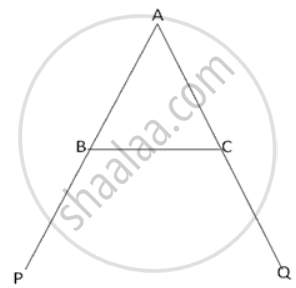
Solution
It is given that ∠PBC > ∠QCB -------(1)
∠PBC + ∠ABC = 180 ...[Linear pair angles]
⇒ ∠PBC = 180 - ∠ABC
Similarly, ∠QCB = 180 - ∠ACB
From (1) and (2)
180 - ∠ABC > 180 - ∠ACB
⇒ -∠ABC > - ∠ACB
⇒ ABC < ∠ACB or ∠ACB > ∠ABC
It is known that in a triangle, the greater angle has the longer side opposite to it.
∴ AB > AC.
APPEARS IN
RELATED QUESTIONS
Complete the hexagonal and star shaped rangolies (see the given figures) by filling them with as many equilateral triangles of side 1 cm as you can. Count the number of triangles in each case. Which has more triangles?
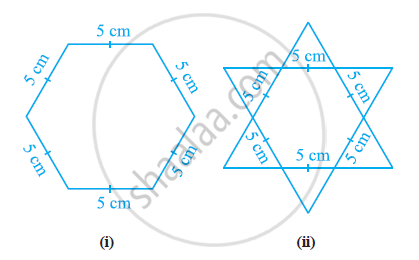
How had the position of women improved in our country since independence ? Explain with examples.
From the following figure, prove that: AB > CD.
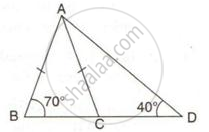
In the following figure ; AC = CD; ∠BAD = 110o and ∠ACB = 74o.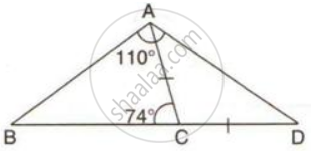
Prove that: BC > CD.
Name the greatest and the smallest sides in the following triangles:
ΔDEF, ∠D = 32°, ∠E = 56° and ∠F = 92°.
Arrange the sides of the following triangles in an ascending order:
ΔDEF, ∠D = 38°, ∠E = 58°.
Name the smallest angle in each of these triangles:
In ΔABC, AB = 6.2cm, BC = 5.6cm and AC = 4.2cm
In ΔPQR, PS ⊥ QR ; prove that: PQ > QS and PR > PS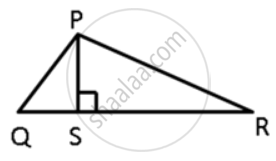
In the given figure, T is a point on the side PR of an equilateral triangle PQR. Show that PT < QT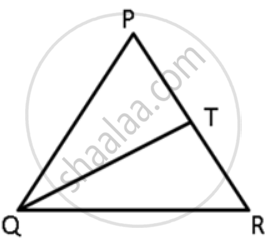
ΔABC in a isosceles triangle with AB = AC. D is a point on BC produced. ED intersects AB at E and AC at F. Prove that AF > AE.
